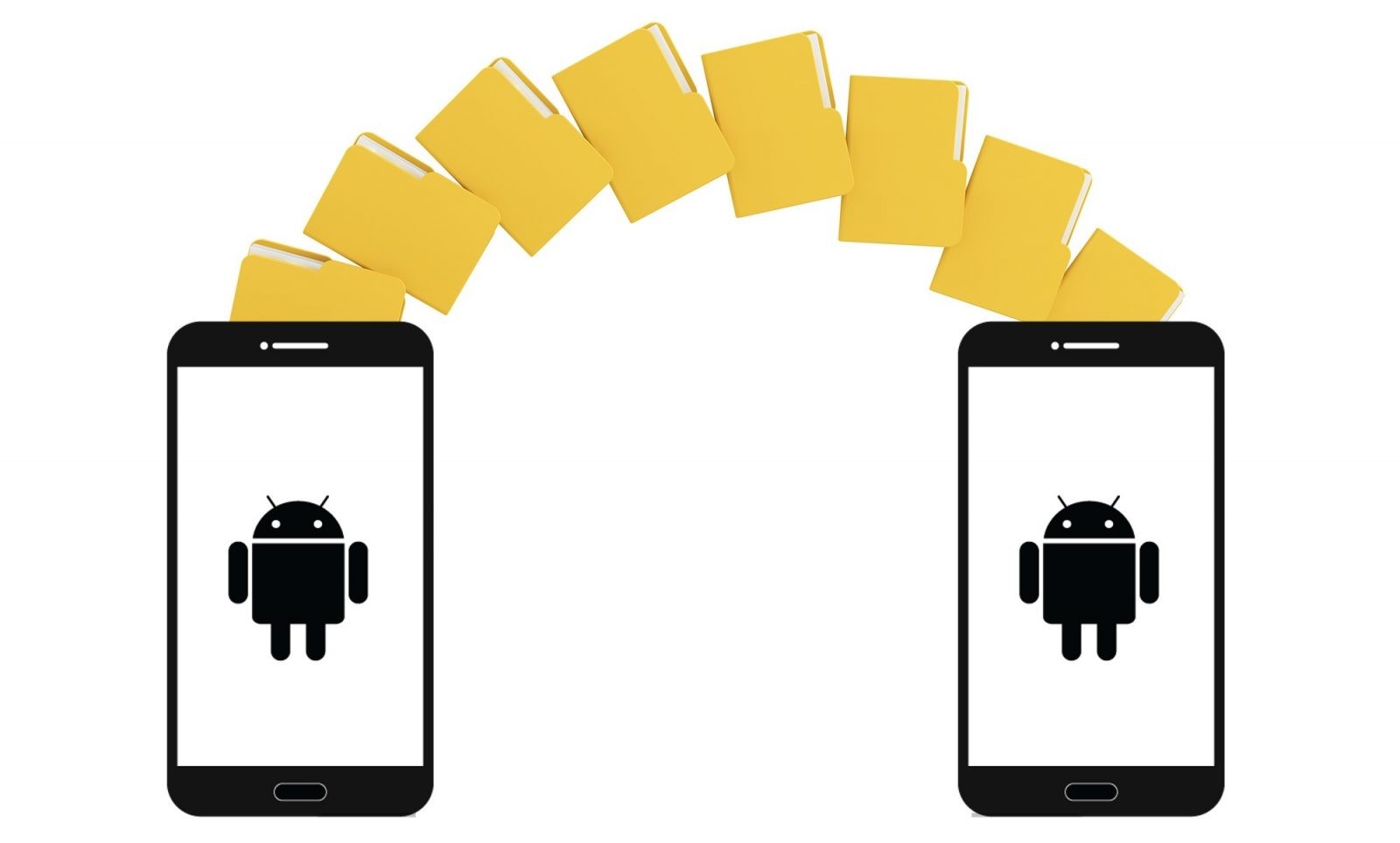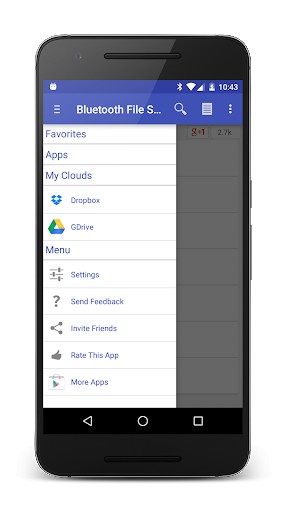

Equally painful was managing versions of your own documents as you emailed them to yourself from your personal computer to your work computer. You'd make multiple copies of a file and have to add a stupid ending to the filename, like "-edited-JD-final-final," in hopes of keeping track of everyone's changes. It wasn't all that long ago that collaborating with people on documents was a huge hassle. Read our editorial mission (Opens in a new window) & see how we test (Opens in a new window). Since 1982, PCMag has tested and rated thousands of products to help you make better buying decisions. How to Set Up Two-Factor Authentication.

How to Record the Screen on Your Windows PC or Mac.How to Convert YouTube Videos to MP3 Files.How to Save Money on Your Cell Phone Bill.How to Free Up Space on Your iPhone or iPad.How to Block Robotexts and Spam Messages.We're focusing on sharing files between Android and Apple devices, but the app is available for Windows and Linux too. It doesn't even use cellular data in the process. While it's perfect for use on your home or office Wi-Fi network, the app also supports transfers over a hotspot connection, which you can use when you're outside or don't have access to a normal Wi-Fi network. All file transfers in LANDrop take place over a point-to-point connection, meaning there's no third-party server involved to store your files as part of the transmission process. LANDrop is quick, secure, and doesn't compress files during transmission. It lets you transfer files, such as photos, videos, documents, and more, between devices on the same local network or LAN. LANDrop is a free, cross-platform file-sharing tool. Let's check out LANDrop and see how you can use it to transfer files between an Android and an iPhone, iPad, and Mac. It's free, easy to use, and facilitates faster file exchange between different platforms.


 0 kommentar(er)
0 kommentar(er)
